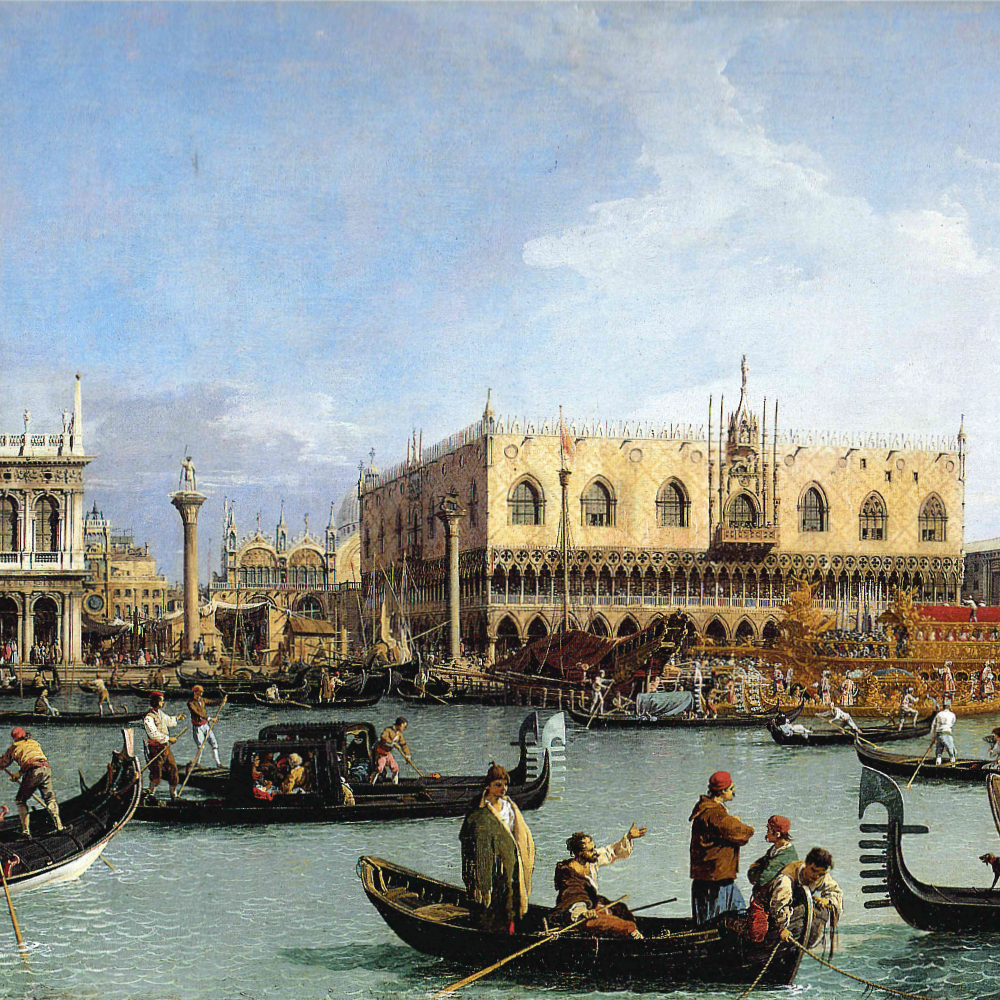
Seminar Civilisation of Venice and the Venetian State. The politics of the Serenissima between Italy, Europe and the Mediterranean (1530–1797)
The Republic of Venice was a single state, stretching between Europe and the Mediterranean, from West to East, and for this reason it was among the first to develop a foreign policy understood in modern terms, through the work of ambassadors, confidants and spies, coupled with a full awareness
– at the highest governmental levels – of the dynamics at play in the various contexts where La Serenissima was situated. After decades in which political history has been neglected in favour of other research areas, often influenced by passing fads, with the second appointment of the cycle of seminars Civilisation of Venice and the Venetian State, promoted by the Institute for the History of the Venetian State and Society, we wish to resume the discourse on the foreign policy of La Serenissima in the sixteenth to eighteenth centuries, attempting to consider the strategic choices of the Republic from a comparative perspective. In contrast to the neutrality pursued in Italy, understood in the most dated historiography as a retreat, Venice’s Mediterranean policy and the fact that the domination of
an entire sector, such as the Adriatic and Ionian seas, gave authority and prestige to the Republic on a European level, has not been fully evaluated.
The same also goes for the repeated wars and various periods of peace with the Ottoman Empire, each with its own connotations on the diplomatic and strategic level. A vital element, that of La Serenissima, confirmed by its wholehearted participation in the joint attack against the Ottomans
in the late-seventeenth century, to define the new order between powers in the Balkans and thus in the eastern Mediterranean. The stability achieved towards the Ottoman adversary/partner, from 1718 onwards, was the ideal balance, the ideal outcome of a long history of conflict and coexistence.
But the greatest and most fatal challenge for the Republic, as we know, did not come from the Mediterranean but from Europe towards the end of the eighteenth century.
